Are you thinking to take up hot yoga? Ready to stretch your muscles in ways you didn't think possible? Or are you a seasoned studio-goer wondering how come you feel so good after each session and how this is good for your body?
In this guide, we'll take you through everything you need to know about getting started with this form of yoga and why it’s good for you.

What is Hot Yoga?
Hot yoga is one of the most popular styles of yoga and is a sequence of poses usually practised in a heated room of a yoga studio. For instance, one of its popular varieties, Bikram, involves a fixed series of 26 poses and breathing exercises and is practised in a room held at 105°F (about 40° Celsius) and 40% humidity. Other types of heated yoga may be practised under slightly less extreme temperatures and with varying humidity.
Each pose is designed to help stretch the muscles more - the heat enables them to loosen up more easily. It’s also good for your heart and blood circulation in general, for eliminating toxins, boosting your mood and improving endurance and flexibility.

What Do You Feel Like in a Hot Yoga Class?
Even if you haven’t been to a hot yoga class yet, it’s easy to imagine how sweaty you can get when the heat is turned up so much and when you add dynamic movements into the mix. This, combined with practising along with many other people in the same room can contribute to feeling even hotter or even feeling slightly overwhelmed in your first couple of classes.
Does this sound off-putting to you? Actually, it shouldn’t. While there is a small degree of discomfort in the body due to it being hot, you will learn to regulate that by maintaining a regular breath as you move and by moving mindfully in this environment, observing your body in each pose.
Because of the heat, your body becomes more flexible than under normal conditions (such as when you do ‘regular’ yoga classes like Hatha or Vinyasa) – so there’s definitely a certain high that you get when you see how deep you can go in you stretches like forward fold (or even splits). You might even end up seeing yourself get into poses you never thought you could do before!
Chances are, you’ll get such a nice sense of achievement from that, that you’ll just focus on observing your body and exploring its limits without even paying attention to the fact that it feels almost too hot to be working out.
You will still sweat, but after getting adjusted and especially after practising in a few classes, you’re likely to get accustomed to these conditions even more and be able to focus on how your body feels in each stretch without wanting to run out of the room and jump in a pool of ice at any given moment (ask me how I know). Once you get used to this type of yoga/workout you’ll definitely get to look forward to each class!

What are the Benefits of Hot Yoga?
With regular practice, the benefits of hot yoga include an increased lung capacity as well as greater flexibility of the muscles when working in higher temperatures. As well as the benefits of other forms of yoga, combining it with heat can make for an even better workout for both mind and body.
You'll also get a great cardio workout because the heat makes your heart rate increase and the blood vessels dilate as the body works harder. So, it is better for your heart than performing the same workout in cooler temperatures.
However, there are people who claim that you can 'sweat out toxins' from the body during this type of workout. Sweating is our skin’s way to eliminate toxins and practising this type of yoga regularly might get you a healthier-looking, more radiant skin!
As well as the physical benefits of these classes, many practitioners feel it is a real mental challenge and an excellent form of stress relief.

Why is Having a Good Yoga Mat Especially Important for Heated Yoga?
Well.. it’s hot, so you sweat. Plus, you move around as you sweat. Regular yoga mats that are made of foam or plastic can only do so much for you in these conditions, meaning that especially as your palms get sweaty you’ll most likely slip a few times.
Slipping is a pretty nasty addition to a hot yoga class purely because you can’t ignore it. And once you get annoyed with slipping, you’ll get extra sensitive to the heat and the other discomforts too.
With the wrong mat, you always need to pay attention to not falling rather than to how deep you can go into your stretch, how your breath is working with your movements and how to actually get into that mindfulness mindset. Plus, you’re prone to injury and also to get annoyed pretty quickly once you factor in everything that seems to go against your getting the most out of the class itself. It’s hot – but that’s what you signed up for. Hot and slipping all over the place? Not so much.

So, yoga mats are the game-changers in these classes, because a good mat can make you never have to think about slipping. Look for a mat that is heavy enough so it doesn’t roll up at the corners or move from under you, like one made with natural rubber or cork. Also, pay attention when you pick your mat so that its surface is 100% non-slip and absorbs moisture as you sweat. Many mats will advertise themselves as such.
The way to make sure you won’t slip at all is if you get one that has a surface of either natural rubber or eco-friendly polyurethane, the latter being the best kind for not slipping. Mats with microfibre surfaces are great too (and very colourful and eye-catching) but they will only stay grippy if you sweat on them. So, if you plan to use them outside of a heated yoga class, you’ll likely need to spray them with water all the time.
Last thing to consider? How easily you can clean your mat after each practice. Your sweat will get absorbed by your mat, and this can get nasty (and smelly) pretty quickly. The key is to clean it after each practice and also to choose a yoga mat that has some form of hygienic padding that keeps it fresh and clean. For example, the DIYogi mats have a layer of antibacterial cotton under their surface that helps prevent the spread & multiplication of bacteria and keeps the mat hygienic and smell-free for longer.

How to Start Hot Yoga
As most of us don't have the facilities to create the required temperature or humidity to practice this type of yoga at home, it's best to find a class at a studio or gym in your area.
To prepare yourself for your first session, here are a few pieces of advice:
- Make sure you eat something up to 2 hours before the class
- Wear minimal, comfortable clothing, ideally nothing too loose
- Make sure your clothes are made of natural materials (like cotton) that let your skin breathe or are specially designed to be used during sweaty workouts
- Remember your limitations - don't push yourself too far too soon
- Ensure you are well-hydrated throughout the day - but don't start the class with a full bladder!
- Arrive early so you can have a word with the instructor before starting and let them know if you are working with any injuries
- Be mindful of your limits and if you start feeling ill or extremely uncomfortable it’s a good idea to take a rest or even leave the room. Nothing is worth pushing yourself beyond what is healthy!
- Don’t attend if you are pregnant – unfortunately, these types of classes will not be suitable for you at this time

What you Need to Bring to the Studio
So you're about to take part in your first hot yoga session, but what equipment do you need? Different studios will have varying requirements, but the most important thing, as we said above, is a high-quality yoga mat. Some studios already provide mats though, and some are even grippy enough, so if you’re just starting out and want to wait until you invest in your very own mat then perhaps it’s a good idea to find a place that already has all the equipment provided.
You should take a towel or two to the class and perhaps a change of clothes, remembering that you will be sweating profusely during the class. And, for that reason, it's also worth taking a water bottle.
Students should tell their yoga instructor of any health concerns prior to the class, and it is not recommended that pregnant women take part in heated classes.
There is a risk of heat-stroke or heat exhaustion with such a high body temperature, as well as dehydration, especially if a person is new to this type of yoga. However, by using common sense and resting the body or leaving the room if you start to feel light-headed or otherwise unwell, hot yoga is perfectly safe.

Can Hot Yoga be Bad for You?
Care must be taken at all times when practising Bikram or other types, and you should thoroughly read all the information and class descriptions before taking part.
Students should tell their yoga instructor of any health concerns prior to the class, and it is not recommended that pregnant women take part in hot yoga.
There is a risk of heat-stroke or heat exhaustion with such a high body temperature, as well as dehydration, especially if a person is new to hot yoga. However, by using common sense and resting the body or leaving the room if you start to feel light-headed or otherwise unwell, hot yoga is perfectly safe.



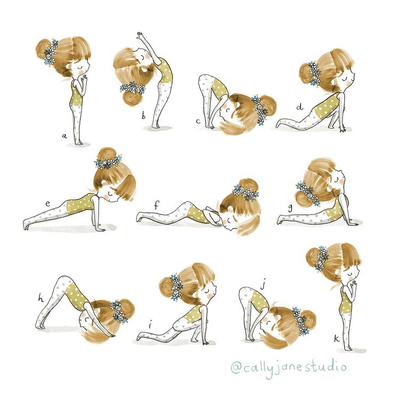

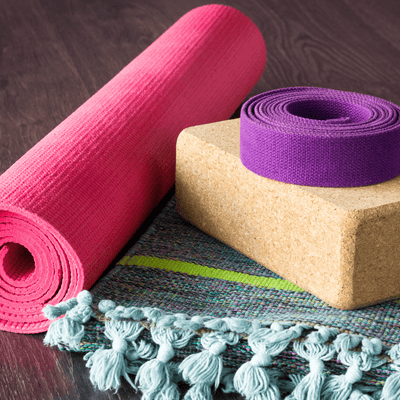
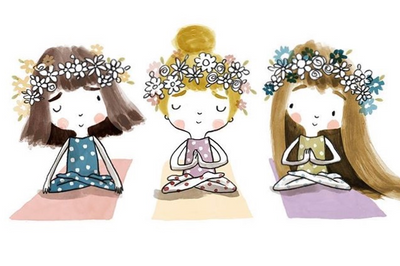
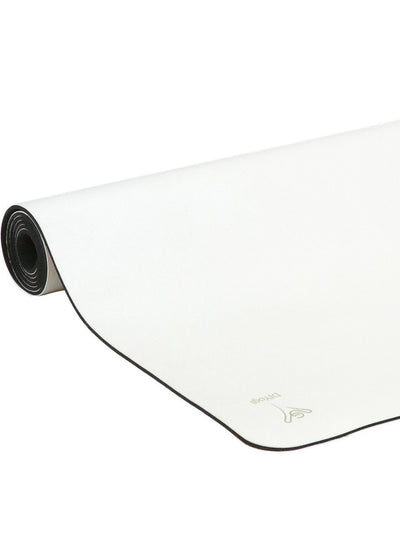
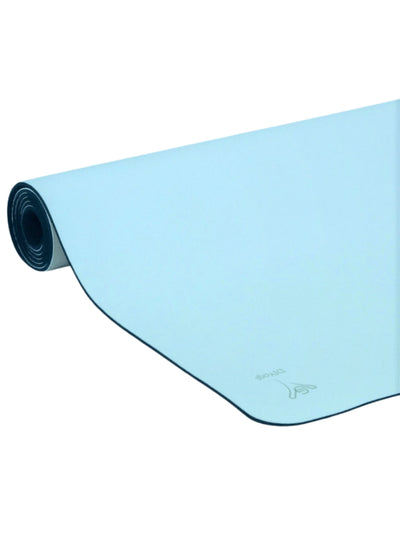
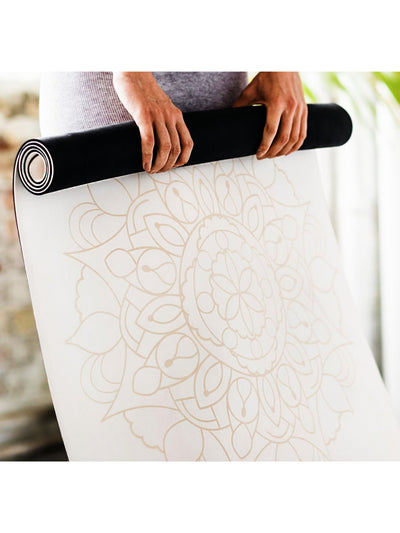
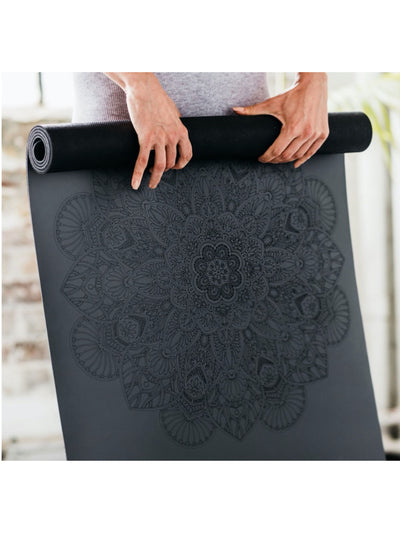
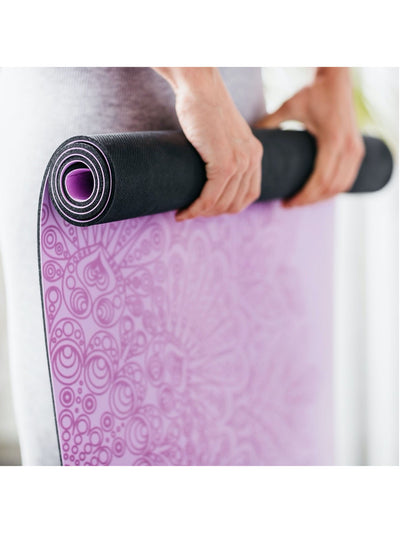
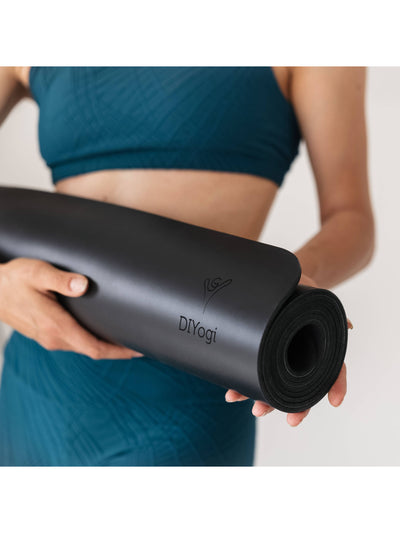
Leave a comment